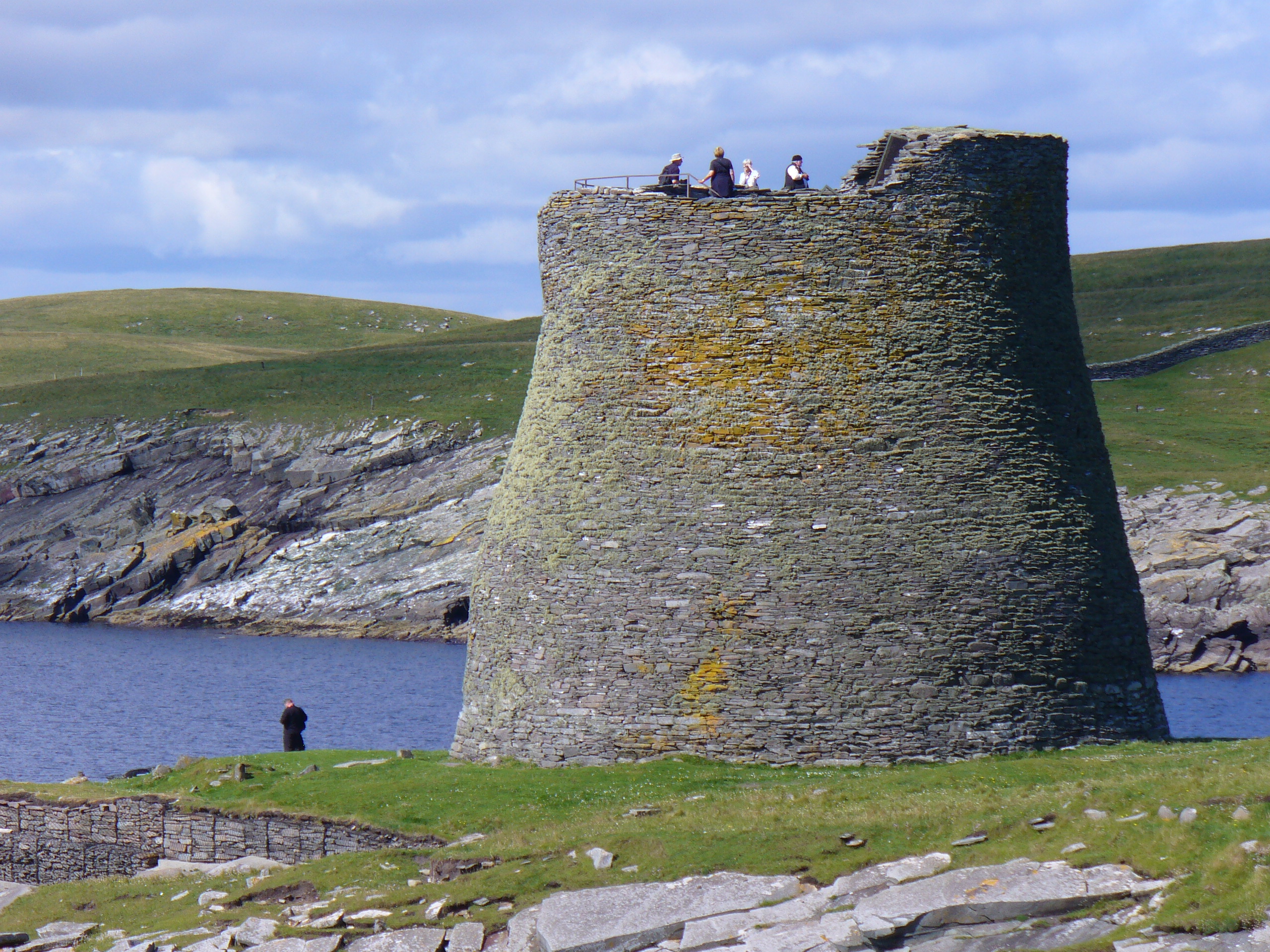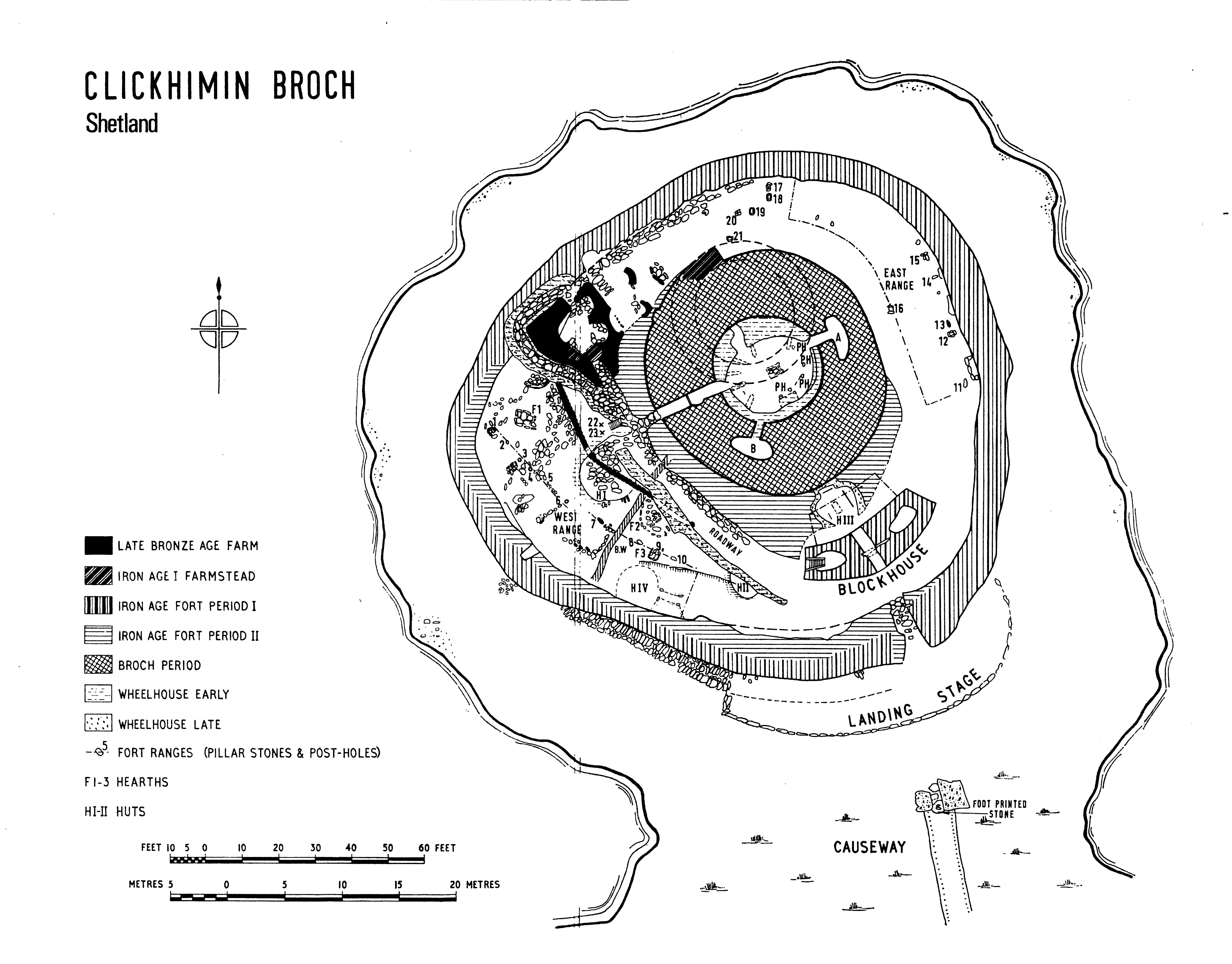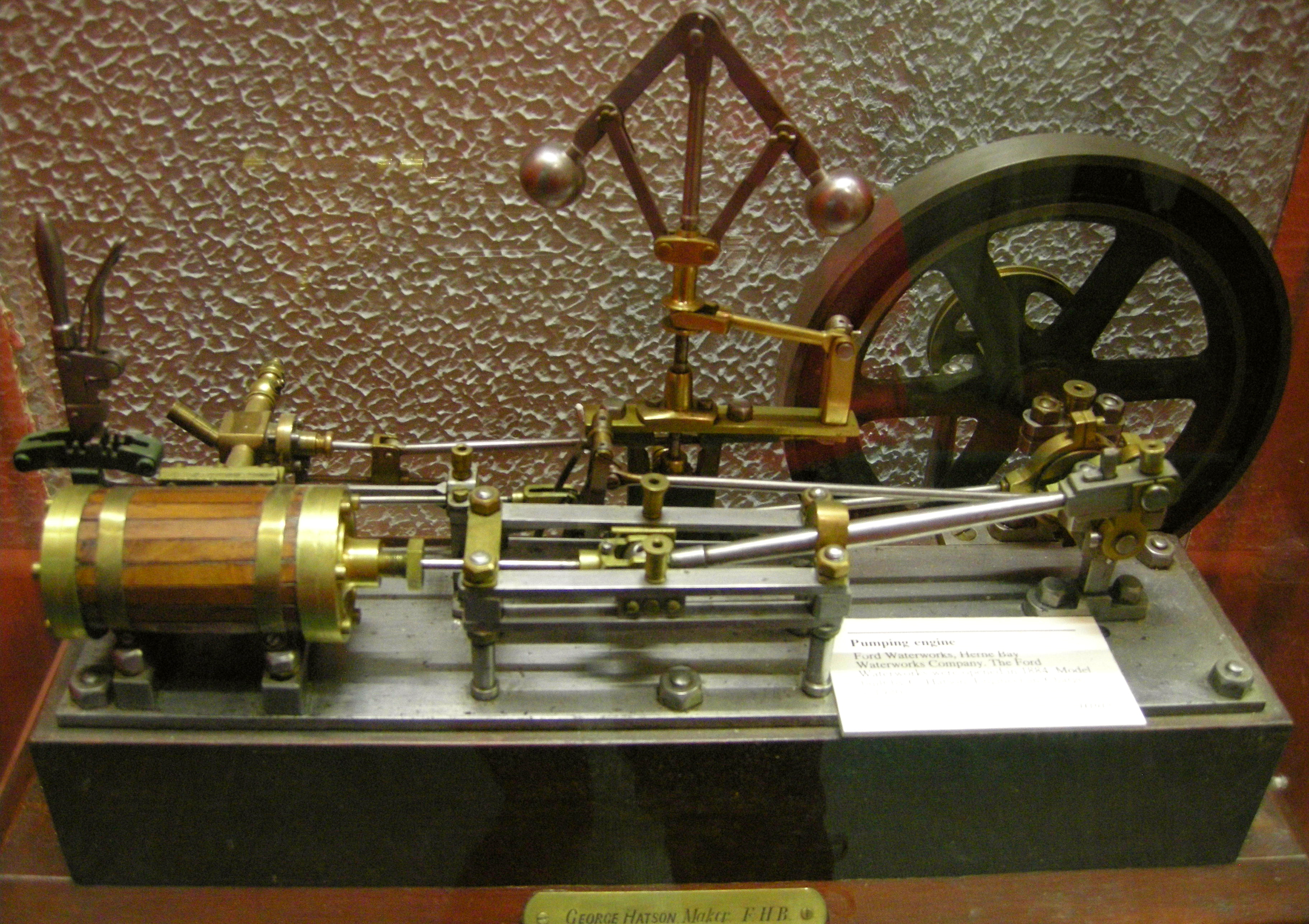|
History Of Shetland
The History of Shetland concerns the subarctic archipelago of Shetland in Scotland. The early history of the islands is dominated by the influence of the Vikings. From the 14th century, it was incorporated into the Kingdom of Scotland, and later into the United Kingdom. Prehistory Due to building in stone on virtually treeless islands—a practice dating to at least the early Neolithic Period—Shetland is extremely rich in physical remains of the prehistoric era, and there are over 5,000 archaeological sites. A midden site at West Voe on the south coast of Mainland, dated to 4320–4030 BCE, has provided the first evidence of Mesolithic human activity in Shetland. The same site provides dates for early Neolithic activity, and finds at Scourd of Brouster in Walls have been dated to 3400 BC. "Shetland knives" are stone tools that date from this period made from felsite from Northmavine Northmavine or Northmaven (from Old Norse , "north of the narrow isthmus") is a peninsula ... [...More Info...] [...Related Items...] OR: [Wikipedia] [Google] [Baidu] |
Subarctic
The subarctic zone is a region in the Northern Hemisphere immediately south of the true Arctic, north of hemiboreal regions and covering much of Alaska, Canada, Iceland, the north of Fennoscandia, Northwestern Russia, Siberia, and the Cairngorms. Generally, subarctic regions fall between 50°N and 70°N latitude, depending on local climates. Precipitation is usually low, and vegetation is characteristic of the taiga. Daylight at these latitudes is quite extreme between summer and winter due to its high latitude. Near the summer solstice for instance, subarctic regions can experience an all-night period of either civil, nautical, or astronomical twilight (or in the northern reaches full daylight), since the sun never dips more than 18 degrees below the horizon. Noctilucent clouds are best observed within this range of latitude. Climate and soils Subarctic temperatures are above for at least one and at most three months of the year. Precipitation tends to be low due to ... [...More Info...] [...Related Items...] OR: [Wikipedia] [Google] [Baidu] |
Brochs
In archaeology, a broch is an Iron Age drystone hollow-walled structure found in Scotland. Brochs belong to the classification "complex Atlantic roundhouse" devised by Scottish archaeologists in the 1980s. Brochs are roundhouse buildings found throughout Atlantic Scotland. The word broch is derived from the Lowland Scots 'brough', meaning fort. In the mid-19th century, Scottish antiquaries called brochs 'burgs', after Old Norse borg, with the same meaning. Brochs are often referred to as dùns in the west, and they are the most spectacular of a complex class of buildings found in northern Scotland. There are approximately 571 candidate broch sites throughout the country, according to the Royal Commission on the Ancient and Historical Monuments of Scotland. The origin of brochs is still subject to ongoing research. While most archaeologists believed 80 years ago that brochs were built by immigrants, there is now little doubt that the hollow-walled broch tower was an invent ... [...More Info...] [...Related Items...] OR: [Wikipedia] [Google] [Baidu] |
Claudius
Tiberius Claudius Caesar Augustus Germanicus ( ; ; 1 August 10 BC – 13 October AD 54), or Claudius, was a Roman emperor, ruling from AD 41 to 54. A member of the Julio-Claudian dynasty, Claudius was born to Nero Claudius Drusus, Drusus and Antonia Minor at Lugdunum in Roman Gaul, where his father was stationed as a military legate. He was the first Roman emperor to be born outside Roman Italy, Italy. As he had a limp and slight deafness due to an illness he suffered when young, he was ostracized by his family and was excluded from public office until his consulship (which was shared with his nephew, Caligula, in 37). Claudius's infirmity probably saved him from the fate of many other nobles during the purges throughout the reigns of Tiberius and Caligula, as potential enemies did not see him as a serious threat. His survival led to him being declared emperor by the Praetorian Guard after Caligula's assassination, at which point he was the last adult male of his family. Despite ... [...More Info...] [...Related Items...] OR: [Wikipedia] [Google] [Baidu] |
Brochs
In archaeology, a broch is an Iron Age drystone hollow-walled structure found in Scotland. Brochs belong to the classification "complex Atlantic roundhouse" devised by Scottish archaeologists in the 1980s. Brochs are roundhouse buildings found throughout Atlantic Scotland. The word broch is derived from the Lowland Scots 'brough', meaning fort. In the mid-19th century, Scottish antiquaries called brochs 'burgs', after Old Norse borg, with the same meaning. Brochs are often referred to as dùns in the west, and they are the most spectacular of a complex class of buildings found in northern Scotland. There are approximately 571 candidate broch sites throughout the country, according to the Royal Commission on the Ancient and Historical Monuments of Scotland. The origin of brochs is still subject to ongoing research. While most archaeologists believed 80 years ago that brochs were built by immigrants, there is now little doubt that the hollow-walled broch tower was an invent ... [...More Info...] [...Related Items...] OR: [Wikipedia] [Google] [Baidu] |
Tacitus
Publius Cornelius Tacitus, known simply as Tacitus ( , ; – ), was a Roman historian and politician. Tacitus is widely regarded as one of the greatest Roman historians by modern scholars. Tacitus’ two major historical works, ''Annals'' (Latin: ) and the ''Histories'' (Latin: ), originally formed a continuous narrative of the Roman Empire from the death of Augustus (14 AD) to the end of Domitian’s reign (96 AD). The surviving portions of the Annals focus on the reigns of Tiberius, Claudius, Nero, and those who reigned in the Year of the Four Emperors (69 AD). Tacitus's other writings discuss oratory (in dialogue format, see ), Germania (in ''De origine et situ Germanorum''), and the life of his father-in-law, Agricola (the general responsible for much of the Roman conquest of Britain), mainly focusing on his campaign in Britannia ('' De vita et moribus Iulii Agricolae''). Tacitus's ''Histories'' offers insights into Roman attitudes towards Jews, ... [...More Info...] [...Related Items...] OR: [Wikipedia] [Google] [Baidu] |
Thule
Thule ( ; also spelled as ''Thylē'') is the most northerly location mentioned in ancient Greek and Roman literature and cartography. First written of by the Greek explorer Pytheas of Massalia (modern-day Marseille, France) in about 320 BC, it was often described by later writers as an island north of Ireland or Britain. Modern interpretations have included Orkney, Shetland, Northern Scotland, the Faroe Islands, and Iceland. Other potential locations are the island of Saaremaa (Ösel) in Estonia, or the Norwegian island of Smøla.Andreas Kleineberg, Christian Marx, Eberhard Knobloch und Dieter Lelgemann: ''Germania und die Insel Thule. Die Entschlüsselung von Ptolemaios' "Atlas der Oikumene".'' Wissenschaftliche Buchgesellschaft, Darmstadt 2010. In classical and medieval literature, ''ultima Thule'' (Latin "farthest Thule") acquired a metaphorical meaning of any distant place located beyond the "borders of the known world". By the Late Middle Ages and the early modern per ... [...More Info...] [...Related Items...] OR: [Wikipedia] [Google] [Baidu] |
Roman Empire
The Roman Empire ruled the Mediterranean and much of Europe, Western Asia and North Africa. The Roman people, Romans conquered most of this during the Roman Republic, Republic, and it was ruled by emperors following Octavian's assumption of effective sole rule in 27 BC. The Western Roman Empire, western empire collapsed in 476 AD, but the Byzantine Empire, eastern empire lasted until the fall of Constantinople in 1453. By 100 BC, the city of Rome had expanded its rule from the Italian peninsula to most of the Mediterranean Sea, Mediterranean and beyond. However, it was severely destabilised by List of Roman civil wars and revolts, civil wars and political conflicts, which culminated in the Wars of Augustus, victory of Octavian over Mark Antony and Cleopatra at the Battle of Actium in 31 BC, and the subsequent conquest of the Ptolemaic Kingdom in Egypt. In 27 BC, the Roman Senate granted Octavian overarching military power () and the new title of ''Augustus (title), Augustus'' ... [...More Info...] [...Related Items...] OR: [Wikipedia] [Google] [Baidu] |
Clickimin
The Broch of Clickimin (also Clickimin or Clickhimin Broch) is a large, well-preserved but restored broch in Lerwick, Shetland, Scotland (). Originally built on an island in Clickimin Loch, it was approached by a stone causeway. The broch is situated within a walled enclosure and, unusually for brochs, features a large "forework" or "blockhouse" between the opening in the enclosure and the broch itself. The site is maintained by Historic Scotland. According to its excavator, John R.C. Hamilton, there were several periods of occupation of the site: Late Bronze Age farmstead, Early Iron Age farmstead, Iron Age fort, broch period, and wheelhouse settlement. Location Clickimin Broch is situated on the south shore of the Clickimin Loch, three-quarters of a mile south-west of Lerwick Lerwick ( or ; ; ) is the main town and port of the Shetland archipelago, Scotland. Shetland's only burgh, Lerwick had a population of about 7,000 residents in 2010. It is the northernmost major ... [...More Info...] [...Related Items...] OR: [Wikipedia] [Google] [Baidu] |
Lochs
''Loch'' ( ) is a word meaning "lake" or " sea inlet" in Scottish and Irish Gaelic, subsequently borrowed into English. In Irish contexts, it often appears in the anglicized form "lough". A small loch is sometimes called a lochan. Lochs which connect to the sea may be called "sea lochs" or "sea loughs". Background This name for a body of water is Insular CelticThe current form has currency in the following languages: Scottish Gaelic, Irish, Manx, and has been borrowed into Lowland Scots, Scottish English, Irish English and Standard English. in origin and is applied to most lakes in Scotland and to many sea inlets in the west and north of Scotland. Many of the loughs in Northern England have also previously been called "meres" (a Northern English dialect word for "lake", and an archaic Standard English word meaning "a lake that is broad in relation to its depth"), similar to the Dutch , such as the ''Black Lough'' in Northumberland. Some lochs in Southern Scotland ... [...More Info...] [...Related Items...] OR: [Wikipedia] [Google] [Baidu] |
Culswick
The Broch of Culswick (also Culswick Broch) is an unexcavated coastal broch in the Shetland Islands of Scotland (). It has good views all around, including Foula and Vaila isles, and Fitful Head and Fair Isle Fair Isle ( ; ), sometimes Fairisle, is the southernmost Shetland island, situated roughly from the Shetland Mainland and about from North Ronaldsay (the most northerly island of Orkney). The entire archipelago lies off the northernmost coa ... in the south. The broch stands on the top of a rock platform and is about 3 metres high at its tallest point. Much rubble has fallen into the centre. This broch has a massive triangular lintel stone over the entrance, which is partly filled with rubble. Drawings by Low in 1774 and Skene in 1805 reveal that the structure survived very well up to those dates. Location The Broch of Culswick is located a kilometre west of Culswick in the parish of Sandsting. It is on top of a steep, smooth knoll near cliffs and the sea. Descr ... [...More Info...] [...Related Items...] OR: [Wikipedia] [Google] [Baidu] |
Levenwick
Levenwick is a small village about south of Lerwick, on the east side of the South Mainland of Shetland, Scotland. It is part of the parish of Dunrossness and the Levenwick Health Centre provides medical support for the Dunrossness area.It contains a local hall that you can hire and a campsite. As well as a small Sandy beach that has otters at it It was where musician Ian Bairnson grew up. Notable people *Ian Bairnson John "Ian" Bairnson (3 August 1953 – 7 April 2023) was a Scottish musician and member of Pilot and the Alan Parsons Project. He was a multi-instrumentalist, who played saxophone and keyboards, but mainly performed as a guitarist, which he pl ... References * This article is based on http://shetlopedia.com/Levenwick a GFDL wiki. External links Canmore - Levenwick Broch site record Villages in Mainland, Shetland {{Shetland-geo-stub ... [...More Info...] [...Related Items...] OR: [Wikipedia] [Google] [Baidu] |
Water Supply
Water supply is the provision of water by public utilities, commercial organisations, community endeavors or by individuals, usually via a system of pumps and pipes. Public water supply systems are crucial to properly functioning societies. These systems are what supply drinking water to populations around the globe. Aspects of service quality include continuity of supply, water quality and water pressure. The institutional responsibility for water supply is arranged differently in different countries and regions (urban versus rural). It usually includes issues surrounding policy and regulation, service provision and standardization. The cost of supplying water consists, to a very large extent, of fixed costs (capital costs and personnel costs) and only to a small extent of variable costs that depend on the amount of water consumed (mainly energy and chemicals). Almost all service providers in the world charge tariffs to recover part of their costs. Water supply is a separat ... [...More Info...] [...Related Items...] OR: [Wikipedia] [Google] [Baidu] |









